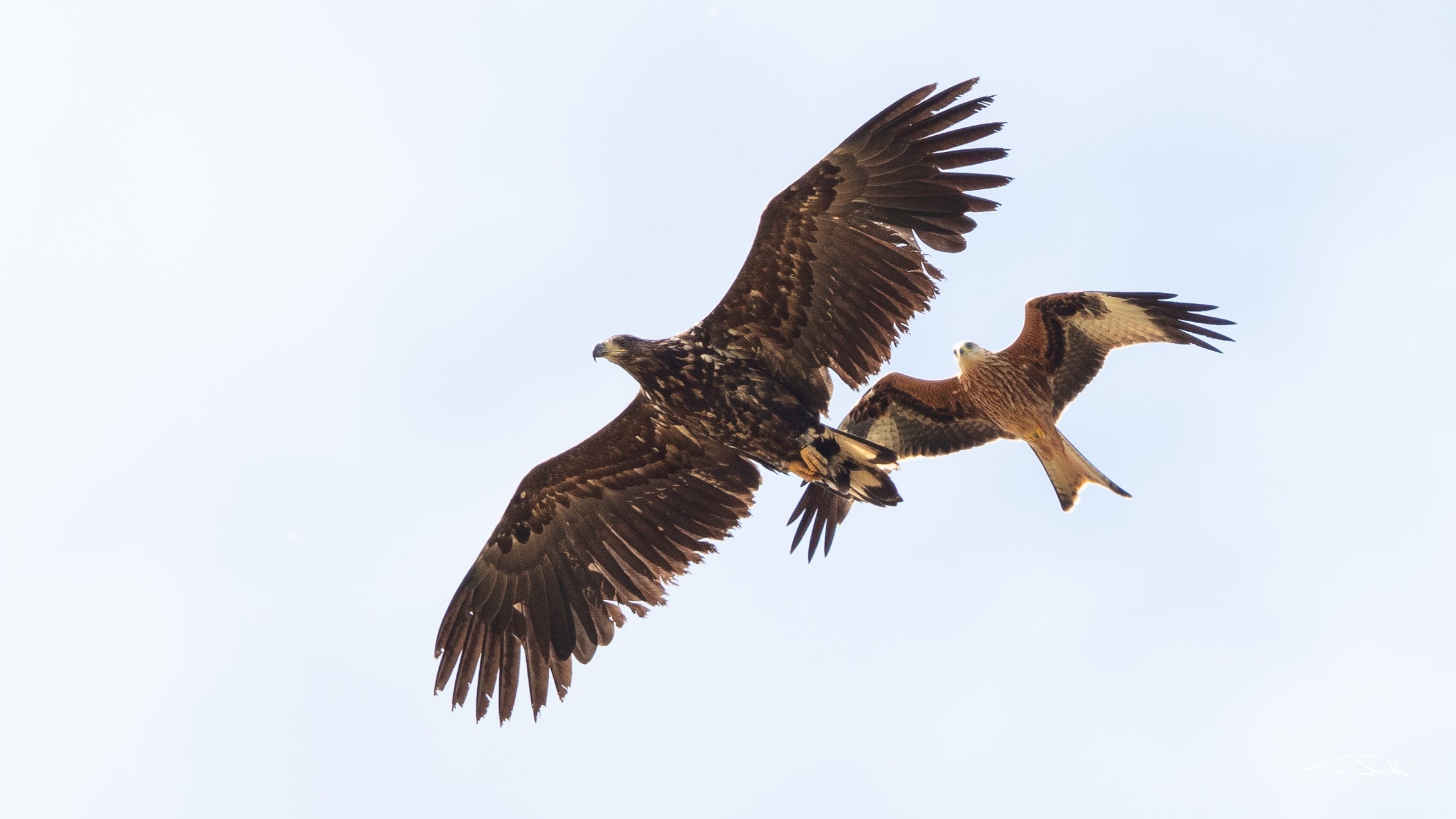Rare white-tailed eagle poisoned with banned pesticide which can kill humans
Sea eagle found dead along with buzzard and dog in West Sussex

A rare white-tailed eagle has been killed in West Sussex after ingesting a pesticide banned for outdoor use in England.
Rumours about the death of the bird had long been circulating among conservationists, but it had not been confirmed by police.
Now, a laboratory report detailing the use of banned pesticide bendiocarb has confirmed not only that the bird died in October 2021, but also stated that a buzzard and a dog were also found dead.
According to website Raptor Persecution UK, which is run by environmental campaigner Dr Ruth Tingay, the lab report said the buzzard was not found to have died from ingesting bendiocarb, and there was no mention of how the dog had died.
The lab report said: "A dog died and a sea eagle and buzzard were found dead. Analysis has confirmed bendiocarb in the stomach contents of the sea eagle which is an abuse of the product. Negative analysis for the buzzard."
Despite the findings, there have been no warnings issued by Sussex Police or other local authorities about the use of poisons which could even be fatal to humans if inhaled or ingested.
The death of the sea eagle comes amid growing concern about how wildlife crime is being policed on the south coast, after Dorset Police closed an "inconclusive" investigation into the death of another sea eagle in January this year, a decision which was closely followed by the suspected poisonings of a red kite and a buzzard, which were found by a walker.
White-tailed sea eagles have been reintroduced to the Isle of Wight as part of a major reintroduction programme.
They are the UK’s largest birds of prey, with wingspans up to 2.4 metres (almost 8ft).
The species has proved to be a considerable draw – boosting interest in the natural world and bringing a major lift to tourism in some areas.
A study by the RSPB this year found the reintroduction of white-tailed eagles to the Scottish island of Mull supported 160 jobs and brought up to £8m a year to the economy.
Earlier this month, in response to the recent spate of poisonings in Dorset, TV presenter and wildlife campaigner Chris Packham told The Independent that while there has been much focus on the detrimental impact on the environment of upland driven grouse shooting estates, "maybe we’ve been taking our eye off the ball in the lowlands".
He added: "The incident with the white-tailed eagle [in Dorset in January] has drawn attention to this area. People have started looking more critically at what’s going on, and almost immediately we see significant spates of poisoning."
A spokesperson for Sussex Police told The Independent: "Sussex Police’s Rural Crime Team is investigating the death of a white-tailed sea eagle that was found in West Sussex.
"Working with partners, the bird was located and recovered. Enquiries are ongoing to establish the cause of death."
Subscribe to Independent Premium to bookmark this article
Want to bookmark your favourite articles and stories to read or reference later? Start your Independent Premium subscription today.

Join our commenting forum
Join thought-provoking conversations, follow other Independent readers and see their replies